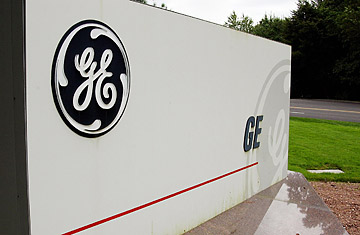
Grade: B
The Plan: Since the middle of last year, the Federal Reserve has been quietly buying up such assets as short-term commercial loans and other bank debts. That's expanded the value of assets the Fed holds to $2.2 trillion, from about $800 billion a year ago. In addition, the Fed has allowed Wall Street firms to exchange $200 billion in risky securities for Treasury bonds. The Fed now holds the risky securities.
The Result: Many of the moves the Federal Reserve has made seem to have helped the commercial lending markets. Also, the recent move by the Fed to buy mortgage bonds has significantly lowered interest rates, which could help boost housing prices and lower foreclosures. That's why many observers believe the Fed's efforts in combating the credit crisis have been more successful than the Treasury's programs. "Expanding the Federal Reserve's balance sheet to troubled markets has been the best move the government has done so far," says EPI's Scott. But the government is on the hook for a lot more than it used to be. What's more, the Fed has had to become a significant player in a number of markets in order to jump-start lending. So, for example, corporations were able to borrow $100 billion more in the past month in the commercial-paper market than they were the month before. But to buoy that market, the Fed has had to buy up $360 billion in commercial paper. Private lending in the commercial-paper market is actually down. Eventually, the Fed will have to pull out of that market and others. How the market functions when it does will be the real test of whether the Fed's actions have worked.